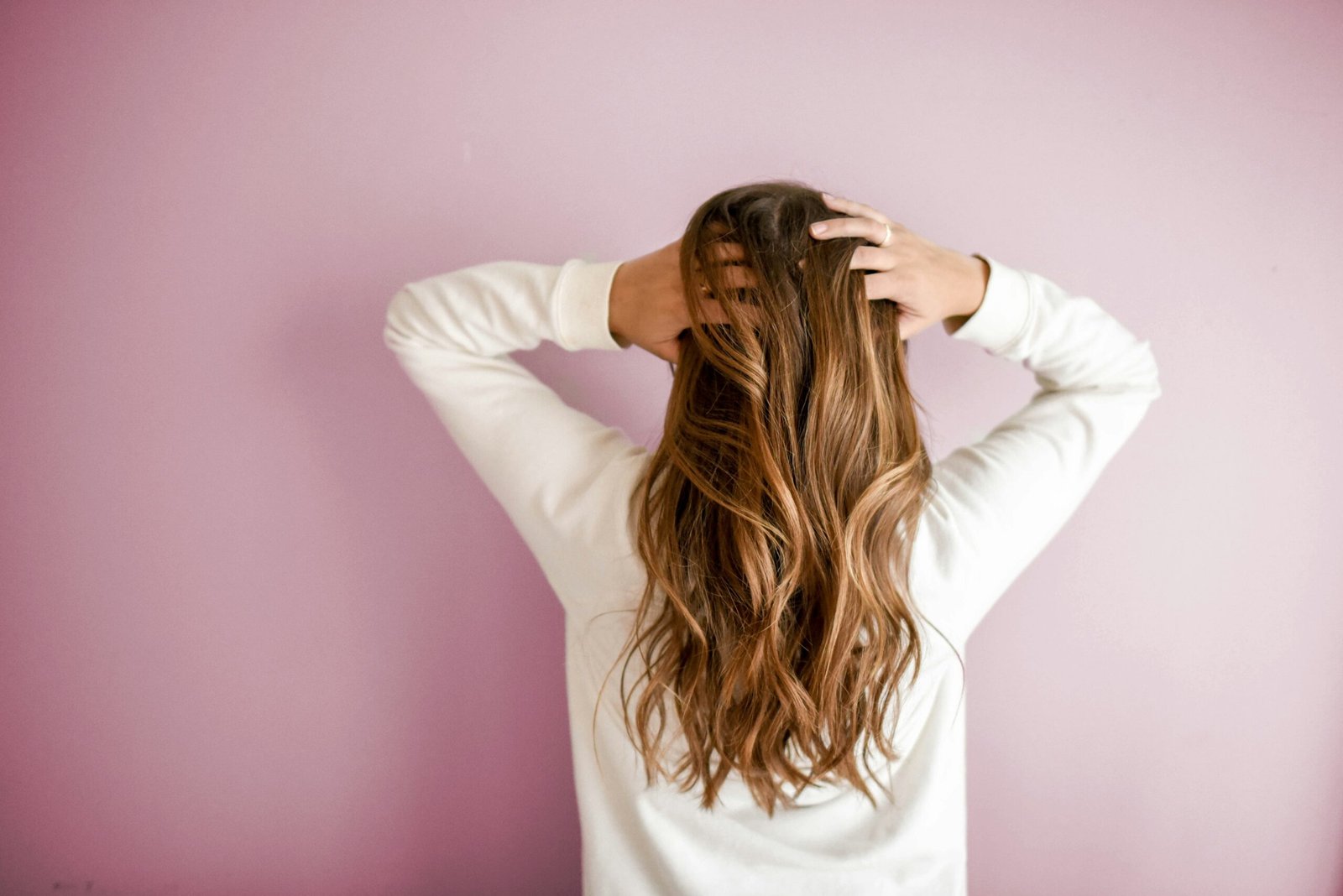In the dynamic world of hair color, balayage and babylights have emerged as popular techniques for those seeking a sun-kissed, natural look. So join us today as we look deeper at whether Babylights vs Balayage is the right styling technique for you!
Balayage originated in France in the 1970s. It is a freehand technique in which hair color is painted on to create graduated, natural-looking highlights.
It involves sweeping strokes applied to the surface of the hair, typically without the use of foil. This allows for a more blended and less structured effect than traditional foil highlights.
On the other hand, babylights are very fine, subtle highlights that mimic the multi-dimensional hair color seen in children’s hair. This technique uses foils to isolate small sections of hair, achieving precise and controlled lightening. Babylights are often preferred by those looking for a minimal enhancement that offers a delicate boost of color and brightness.
Both balayage and babylights aim to give the hair dimension and a refreshed appearance, yet they differ in the techniques used, the final look they achieve, and the maintenance they require. While balayage offers a more dramatic, lived-in highlight, babylights provide a gentler and more uniform lift from root to end.
Choosing between the two depends on a variety of factors, including hair type, desired maintenance level, and the ideal aesthetic outcome.
Babylights Vs Balayage Comparison
In the realm of hair coloring techniques, balayage, and babylights have emerged as popular methods for creating depth and dimension while maintaining a natural look. Each technique offers a unique approach to highlighting hair, catering to different preferences and hair types.
History and Origin
Balayage, a French word meaning “to sweep,” originated in France and has been a practiced technique since the 1970s. This freehand highlighting technique involves sweeping color onto the hair, creating seamless, natural-looking highlights.
Babylights, a more recent development in hair coloring, are delicate highlights created using a precision technique, often compared to the fine, sun-kissed strands noticed on children’s hair.
Key Differences in Technique
- Balayage:
- Freehand painting directly onto the hair surface
- Does not typically use foils, leading to softer, less uniform highlights
- Allows for strategic placement, enhancing texture and dimension
- Babylights:
- Uses foil to isolate small sections of hair for a precise highlighting effect
- Mimics the dimensional hair color seen in natural hair, especially at the root level
- Requires more foils and typically more time to achieve the fine, subtle effect
Suitability According to Hair Type
- Balayage is versatile, working well on all hair types whether fine or thick. The technique enhances the hair’s natural flow and can add the illusion of volume to both straight and wavy textures.
- Babylights are particularly suitable for those of you seeking minimalistic change with high detail. They offer an excellent choice for finer hair, creating an appearance of depth without overwhelming the hair’s natural texture.
Visual Impact on Hair
Balayage offers a bold and dynamic visual impact, presenting a more pronounced color contrast and a dimensional, natural hair color effect as it grows out. Foil is not utilized, which often results in less defined edges compared to traditional foil highlights.
Babylights, on the other hand, provide a subtle, refined look. They focus on creating an overall natural and sun-kissed appearance with added depth.
The meticulous foil technique achieves fine, consistent highlights from root to tip, giving a more blended, uniform color throughout the hair.
Practical Considerations – Babylights vs Balayage
When choosing between babylights and balayage, you should consider maintenance requirements, the cost and time involved, customization options, and the potential for hair damage. These factors can significantly influence satisfaction with your chosen color technique.
Maintenance and Upkeep
Babylights require more frequent salon visits to maintain their delicate appearance, with touch-ups typically needed every 8 to 12 weeks.
In contrast, balayage is a low-maintenance option that allows for longer periods between salon appointments, usually around 12 to 14 weeks, due to its more natural regrowth appearance.
Proper home care with sulfate-free shampoo and conditioner is crucial for both techniques to preserve color and minimize damage.
Cost and Time Commitment of Babylights vs Balayage
The cost for babylights can be less than balayage, depending on the salon and the colorist’s expertise. However, the initial appointment for both techniques can take several hours.
Balayage can range from $70 to $200 or more, with the cost reflecting the expertise of the colorist and the desired level of customization. Babylights may be less expensive but require more precision, which can increase the time spent in the salon chair.
Customization Potential
Both babylights and balayage offer a high degree of customization. Babylights can create a soft, sun-kissed effect that is subtle and precise, blending seamlessly with natural hair.
On the other hand, balayage is a freehand technique, so it is highly customizable to your own individual style. Colorists can paint hair strands in a way that complements each client’s skin tone and desired aesthetic.
Mitigating Potential Hair Damage
Any hair coloring process can lead to damage. However, balayage often uses no heat or foils. This may result in less damage compared to traditional highlighting techniques.
Babylights, due to their finer application, may be less harsh than other forms of highlighting.
To mitigate damage, you should use heat protectants when styling. Also, regularly condition the hair, especially after color treatments.
So if you’re still thinking Babylights vs Balayage, then we hope our guide has helped you make the right decision that works for your own hair type and styling needs.



